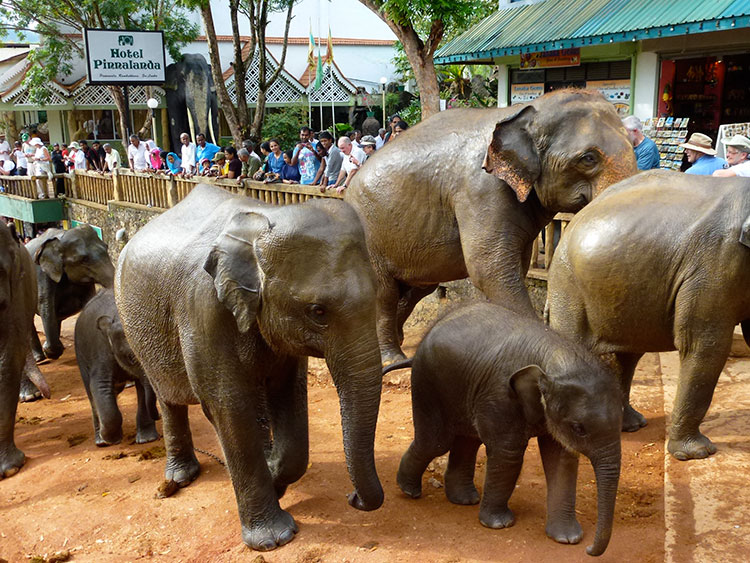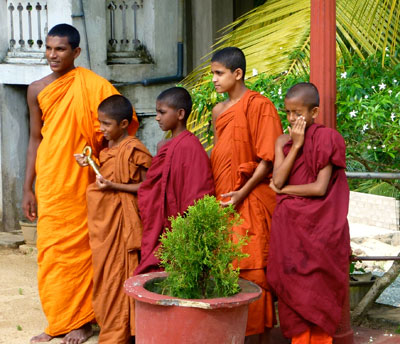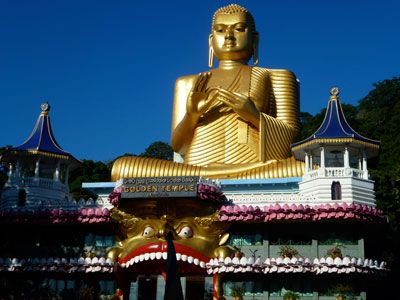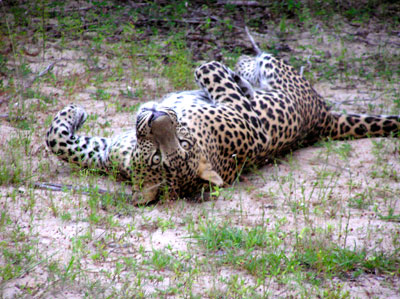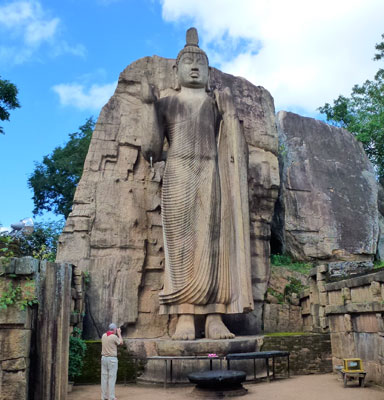Capturing the exotic charms of Sri Lanka on a photo tour
This article appears on page 48 of the June 2013 issue.
by Margo Wilson Scottsdale, AZ
It’s hard to imagine a place with more tropical and exotic charms to offer than Sri Lanka, which my husband, Thom, and I visited in February ’12.
Want beautiful beaches? Check! Sri Lanka has 830 miles of sandy beaches fringed by palm trees and plenty of lovely accommodations.
Want history? Ruins of kingdoms dating from as early as 250 BC, designated UNESCO World Heritage Sites, are spread out over central Sri Lanka. In fact, there are eight World Heritage Sites on this small island, which is roughly the size of (slightly smaller than) Ireland.
Want wildlife? They’ve got that, too. There are 2,000 to 3,000 wild elephants in Sri Lanka and more than 500 of Sri Lanka’s own species of leopard.
Want more? Three species of monkeys are easily spotted, and there’s an abundance of birdlife; you can easily see over 100 different species in one of the reserves with a good guide. Thirty-three of these bird species are seen nowhere else in the world.
Reptiles include land and water monitors, crocodiles and 80 types of snakes.
Temples? Enormous Buddhas? Shrines, stupas, mosques and old Portuguese, Dutch and British churches? You’ve never seen so many!
Moving forward
Sri Lanka has had a very difficult recent history. A civil war was fought on two fronts for decades and didn’t end until 2009. Meanwhile, the devastating 2004 tsunami took more than 35,000 lives, with thousands more missing.
There are reminders of the tsunami in the small graveyards occasionally seen near beaches, marking the places where people were swept away. Overgrown foundations, all that’s left of the small homes that once stood along the coast, also can be seen. Rebuilding within 100 feet of the sea is forbidden.
Visitors are only slowly beginning to return to Sri Lanka, and we enjoyed the beaches and historical sites without the crowds.
Visiting Sri Lanka doesn’t require any sacrifices. There are beautiful hotels, delicious food and friendly people. The landscape is varied, with a hundred shades of green. My camera got a workout as we visited the colorful religious and historical sites, markets and fishing villages.
As Arthur C. Clarke, who lived in Sri Lanka from 1956 until his death in 2008, said, “It (Sri Lanka) is India without the hassle.”
Kandy
Our 20-person, 19-day group tour with In Focus with Michele Burgess (Huntington Beach, CA; 714/536-6104) included the area of Kandy, the hilly tea country around Nuwara Eliya and four nature reserves.
A scenic drive from the Colombo area to Kandy included hands-on experiences at a rubber plantation, a brick-making site and a pineapple plantation plus colorful scenes at a fish market.
The elephant orphanage visit included watching them being bathed in the river and bottle feeding the adorable babies. Good thing we had digital cameras or our entire supply of film would have been used up there!
Kandy, a former capital of the Sinhala kings, is best known for the Temple of the Sacred Tooth Relic of Buddha, located within the royal palace complex. There are three pujas (devotional ceremonies) each day, during which the door to the tooth relic shrine is opened… but only to reveal the nested golden caskets in which the relic resides. Pilgrims come from all over the country to witness this.
Once a year, during the hot summer monsoon season, the casket is paraded through the city on elephantback, with music, dancing and elephants decorated with lights.
Ancient cities
The Golden Triangle Route, which includes Kandy, also leads to the sacred city of Anuradhapura, founded in the fourth century BC, and the medieval capital, Polonnaruwa.
Anuradhapura was a wealthy city covering an area of more than 16 square miles. The preeminent city on the island for 1,300 years, it was the royal seat of more than 250 Buddhist and Hindu kings.
For me, the most beautiful and impressive sight in Polonnaruwa was the Gal Vihara rock sculptures, a group of four Buddhas carved out of an outcropping of granite, including a 46-foot-long reclining Buddha, a standing Buddha and two seated Buddhas.
Also located in this area, the Dambulla Cave Temples are five adjoining caves containing 153 Buddha statues, three statues of Sri Lankan kings and four statues of gods and goddesses. Murals of the Buddha’s life cover 2,100 square meters, and some are over 2,000 years old.
The 500-step climb to the cave temples can be shortened by taking the bus up a narrow road to the halfway point, but you must walk all the way back down. At the bottom of the hill is the modern, garish Dambulla Golden Temple — quite a sight!
Photo ops
Our drive to Nuwara Eliya provided many opportunities to photograph tea plantations and the workers there. The city is where the British, one of a number of former colonists in Sri Lanka, created a little England, and our hotel reflected these British roots.
My favorite of the four wildlife reserves we visited was Yala, home of the majority of the island’s leopard population. Game drives rewarded us with views of all the animals mentioned above plus a huge number and variety of birds.
Our lake and river safaris featured monitors and fruit bats as well as the opportunity to photograph local fishermen in their narrow boats. We also visited Cinnamon Island to see how cinnamon is produced.
Near Yala we stayed at a resort with individual bungalows. One afternoon, I opted out of a game drive and was entertained by 14 baby wild boars accompanied by a number of adult boars that were grazing, then napping, around my bungalow while monkeys danced on the roof and in the trees.
Galle Fort, originally built by the Portuguese in 1588, is home to the remnants of a former Dutch settlement, overlaid somewhat by British buildings and tucked inside massive walls overlooking the Indian Ocean. Narrow streets and buildings that might be considered shabby or maybe “gentrified” lead to a mosque, a lighthouse and very old Dutch and British churches.
This accounting of my visit is very abbreviated. You’ll have to go see for yourself how much Sri Lanka has to offer!
For their 20-day tour of Sri Lanka with In Focus with Michele Burgess, the Wilsons paid $5,390 each, including air from Los Angeles, plus another $645 in taxes and surcharges.

